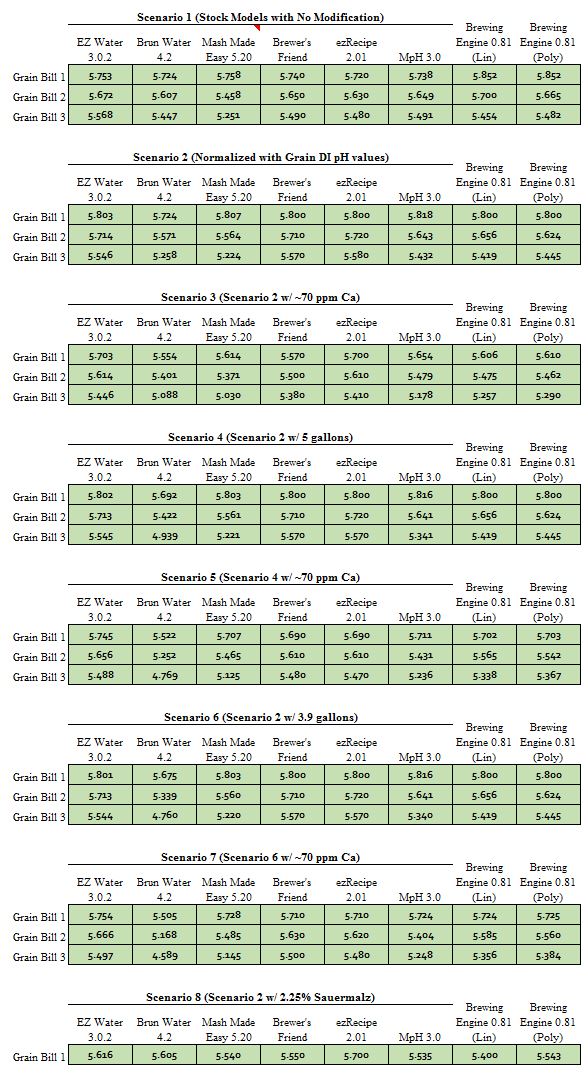Silver_Is_Money
Larry Sayre, Developer of 'Mash Made Easy'
For some of these programs the water to grist ratio plays an integral part in mash pH output and for others it does not. And all of them likely juggle Kolbach (I.E., the impact of mineralization upon downward pH shift) a bit differently by default as well. I can't thereby agree that everything else should present itself uniformly and accurately across all of these programs/spreadsheets.
















![Craft A Brew - Safale S-04 Dry Yeast - Fermentis - English Ale Dry Yeast - For English and American Ales and Hard Apple Ciders - Ingredients for Home Brewing - Beer Making Supplies - [1 Pack]](https://m.media-amazon.com/images/I/41fVGNh6JfL._SL500_.jpg)













































